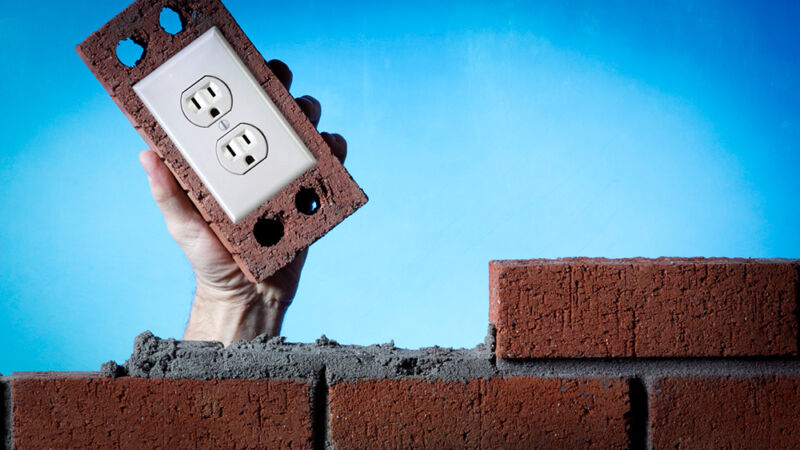How to turn regular bricks into electricity-storing supercapacitors

Usually the phrase power brick" refers affectionately to the AC adapter of something like a laptop. But what if that term was quite literal, involving an actual brick?
A team led by Hongmin Wang at Washington University in St. Louis set out to make a genuine power brick. More specifically, they wanted to see if they could use a vapor coating technique to turn ordinary red bricks into part of a supercapacitor. That actually isn't quite as weird as it sounds, given that the red of a brick is an iron mineral, and iron is a common component of some battery chemistries. Bricks are often porous as well, meaning there is plenty of surface area where a thin coating could interact with that iron.
The process (something they had developed previously) involves heating the brick in an enclosure along with hydrochloric acid and an organic compound that mercifully shortens to EDOT." The two liquid substances evaporate and condense on the brick's convoluted surface. The acid dissolves some of the iron mineral, freeing up iron atoms that help the organic molecules link up to form polymer chains (graduating to PEDOT") that coat the surface. The polymer makes microscopic, entangled fibers that form a continuous and electrically conductive layer on each face of the brick, which otherwise remains. (This does have the effect of turning the brick black, though.)
Read 4 remaining paragraphs | Comments